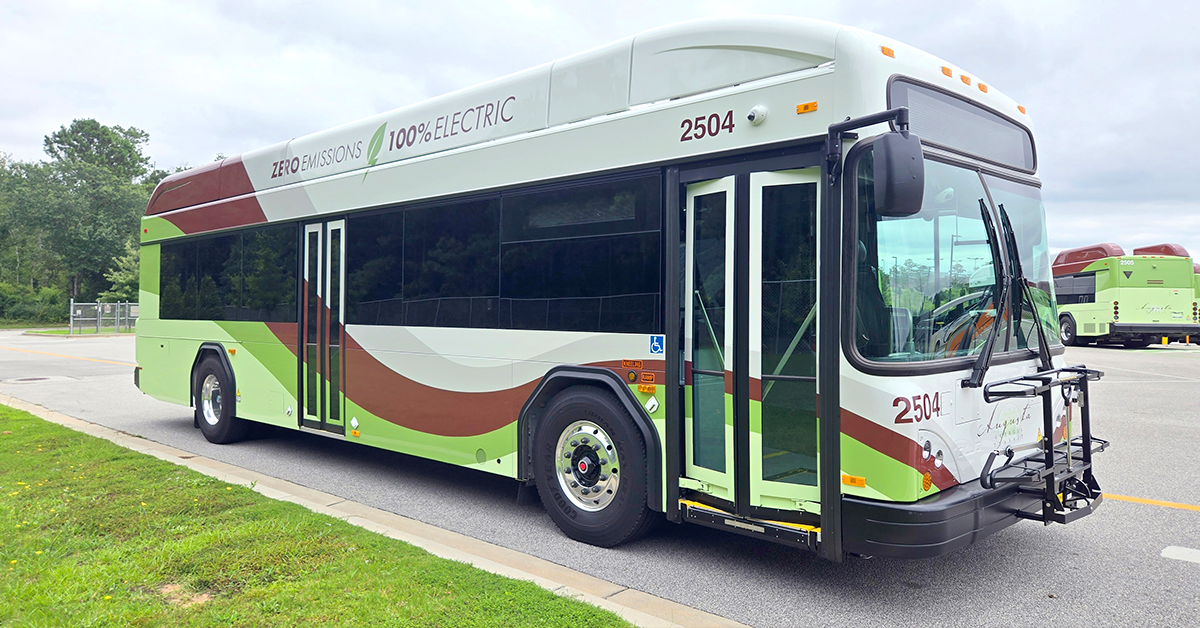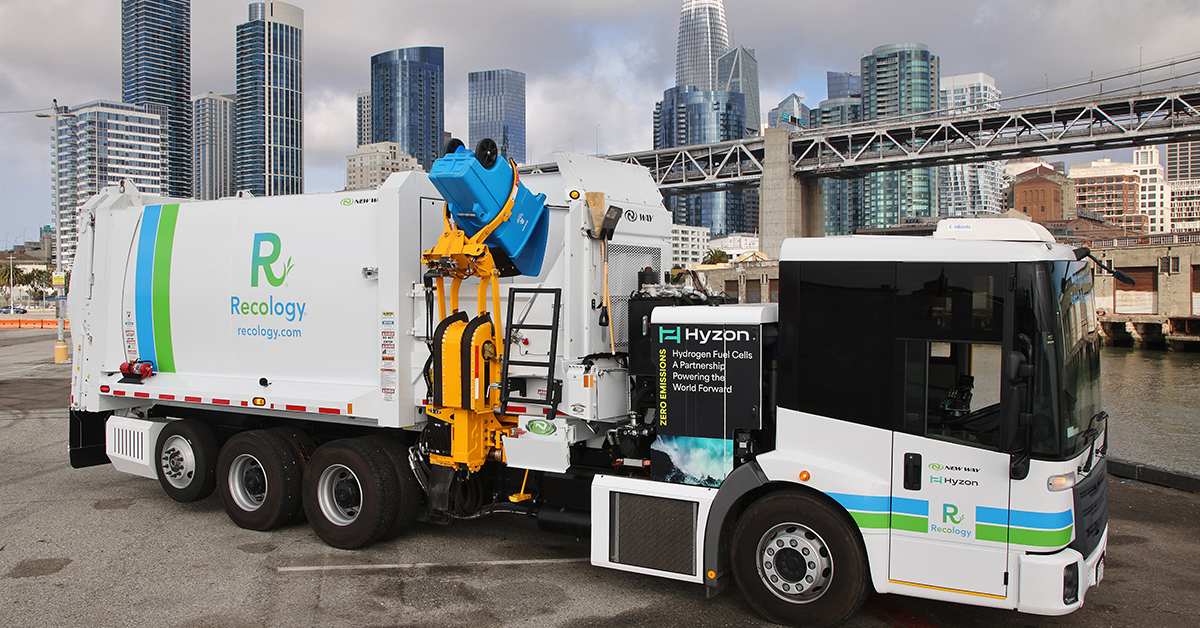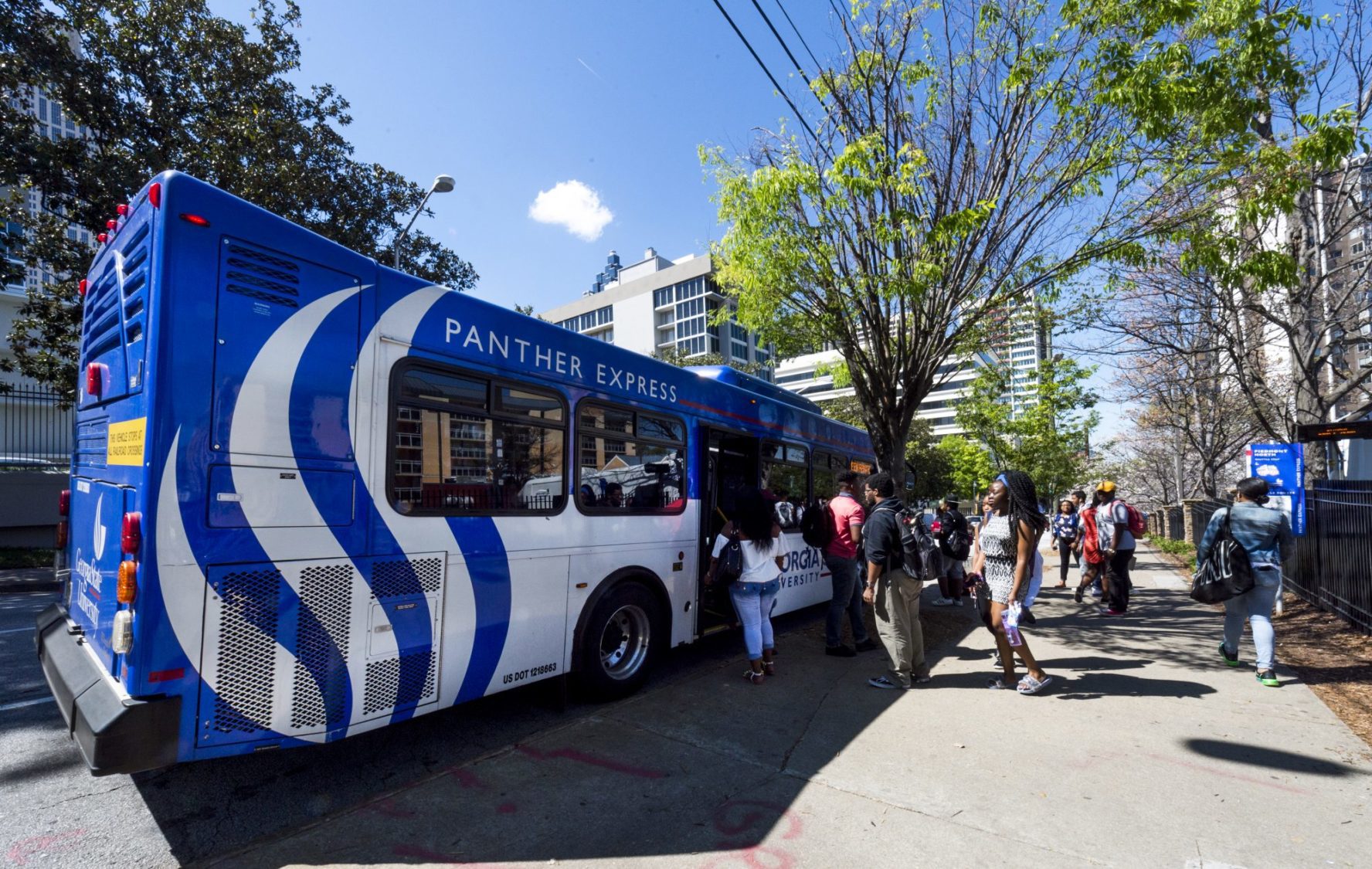Final Report Shows How Transit Buses Can Be Used For Disaster and Emergency Response

FOR IMMEDIATE RELEASE:
Atlanta, GA, April 2020:
The Center for Transportation and the Environment (CTE) partnered with the University of Texas Center for Electromechanics and Hagerty Consulting to investigate and demonstrate a transportable power system that will give hybrid electric buses the capability to act as on-demand, mobile, electrical-power generators. The final report, just released, captures and demonstrates the usefulness of this technology. Once commercialized, this technology will be especially useful in emergency disaster response and recovery when traditional power supplies are slow to deploy, not available, or not reliable. This project received funding under the Federal Transportation Administration (FTA's) Innovative Safety, Resiliency, and All-Hazards Emergency Response and Recovery Demonstrations program. The final report from the project is now available on the
FTA's website.
Access to power after a natural disaster is critical but often limited. Disasters - like a hurricane or earthquake - can wreak havoc by leaving communities, businesses, schools, and hospitals in the dark for days. Even without a disaster, electric power service interruptions occur one to two times a year for every individual electric utility customer in the United States, independent of any emergency event. The lack of mobile generators demonstrates a significant gap in resilience capability for local, state, and regional communities during these events. Even when generators are available, they can be slow to obtain, fail to work due to a lack of preventative maintenance, or can be challenging to deliver due to disruptions in the transportation network.
By adding basic power electronics equipment, referred to as a Bus Exportable Power System (BEPS), both diesel and fuel cell-powered hybrid buses can be transformed into mobile generators and provide a backup power source as needed. As of 2016, there were 8,367 hybrid buses across 178 transit agencies in the U.S. covering the northeast and coastal areas of the country. By using hybrid-electric buses as mobile generators, communities can deploy a powerful, portable, well-maintained, and cost-effective alternative to the traditional generator.

CTE found that BEPS-equipped buses have many benefits, including:
- Availability - many communities own hybrid buses, which already contain all the key elements required for mobile power generation, including an ample fuel tank, a diesel or fuel cell engine, and a generator
- Fast Response - local communities can use the buses to provide quicker access to power while awaiting state and federal assistance
- Versatility - the buses can provide transport and evacuations during the day and power generation at night
- Reliability - unlike generators which may sit idle for long periods without maintenance, buses are used regularly and follow an established maintenance schedule
CTE provided project management and prototype development assistance. CTE's Director of Technology Development, Jason Hanlin, stated, "The intrinsic value of BEPS lies in its ability to simplify and expedite the resource deployment process for backup power. Stakeholders agree that buses equipped with exportable power systems can make communities more resilient to emergency events and make local municipalities less dependent on state and federal resources during disaster response and recovery."
The project team collected information for the BEPS report during a series of workshops and panel discussions containing cross-industry experts from transit agencies, state and local emergency management offices, emergency response consultants, private businesses, nonprofits, and the U.S. Army Corps of Engineers. From these sessions, the project team was able to define the parameters of BEPS System requirements, provide guidance on the best "use strategy" for the prototype technology, gauge the system's overall value, and recommend procurement and ownership options for eventual utilization.
The technology was first tested on January 30, 2018, through a demonstration on The University of Texas at Austin's campus at a building typically used as a shelter during large-scale disasters. Once connected, the demonstration hybrid fuel cell bus successfully provided backup power to the emergency systems.
In addition to identifying the use and benefits, the final report,
Bus Exportable Power Supply (BEPS) System Use Strategy: Investigating the Use of Transit Buses as Emergency Generators→,
also provides technical details on system components, identifies barriers to adoption, and makes recommendations to accelerate system development and adoption.
There remains a keen interest in this technology at the federal level and within the emergency response and transit industries. CTE is continuing to seek out opportunities to implement the future work and needs identified in the report.
ABOUT CTE
The Center for Transportation and the Environment is a 501(c)(3) nonprofit with a mission to improve the health of our climate and communities by bringing people together to develop and commercialize clean, efficient, and sustainable transportation technologies. CTE has worked on over 200 projects and leveraged more than $570 million in local, state, federal, and private funding to move cutting edge technologies into the global energy and transportation marketplace. Learn more at www.cte.tv and follow us on Twitter @go_CTE
Lauren Justice/ CTE Development Director
lauren@cte.tv
/ 404-245-8589
ABOUT HAGERTY CONSULTING
Hagerty Consulting is an emergency management consulting firm that helps our clients prepare for and recover from disasters. Established in 2001, Hagerty Consulting's work includes some of the nation's largest recovery and preparedness projects in more than 30 states, including 9/11, Hurricane Katrina, and Hurricane Sandy. Learn more at https://hagertyconsulting.com/→
ABOUT THE UNIVERSITY OF TEXAS CENTER FOR ELECTROMECHANICS
The University of Texas Center for Electromechanics is focused on state-of-the-art research, with facilities and equipment for staff engineers to design, build, and test first-of-a-kind prototypes. With a proven track record in technology transfer to both government and industry sponsors, CEM researchers are experienced in working on small and large projects with industry and understand commercial pressures and time-scales. The Center draws upon the creativity, knowledge, and experience of the academic faculty for real-world multi-disciplinary solutions. Learn more at http://www.cem.utexas.edu/→





